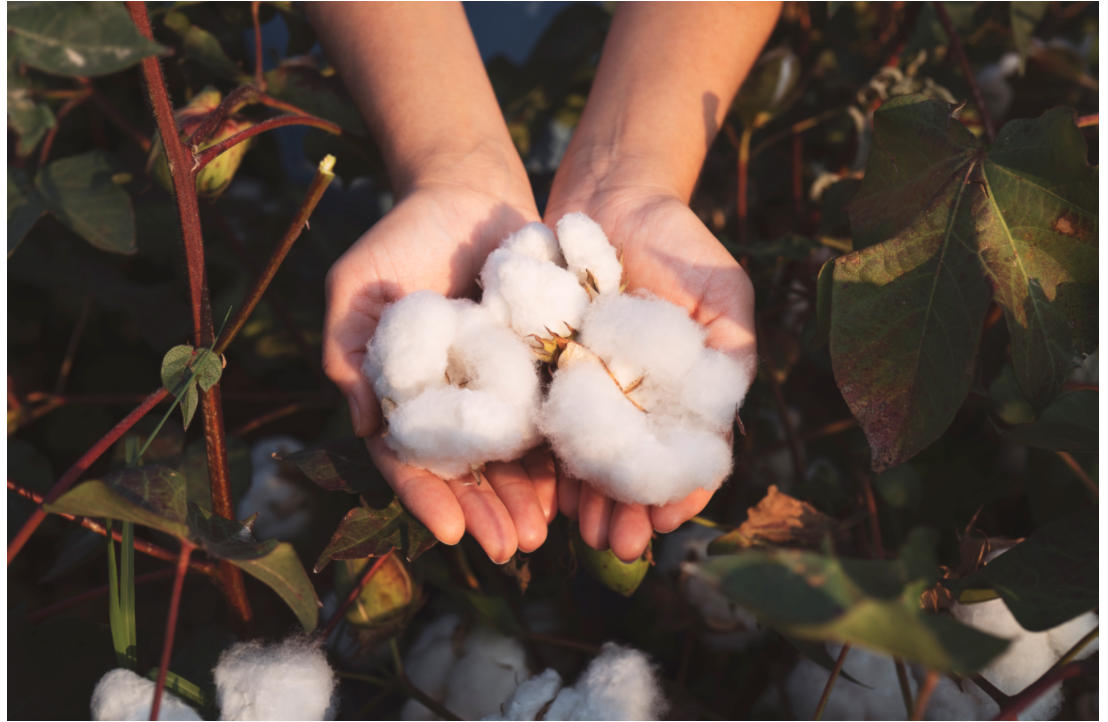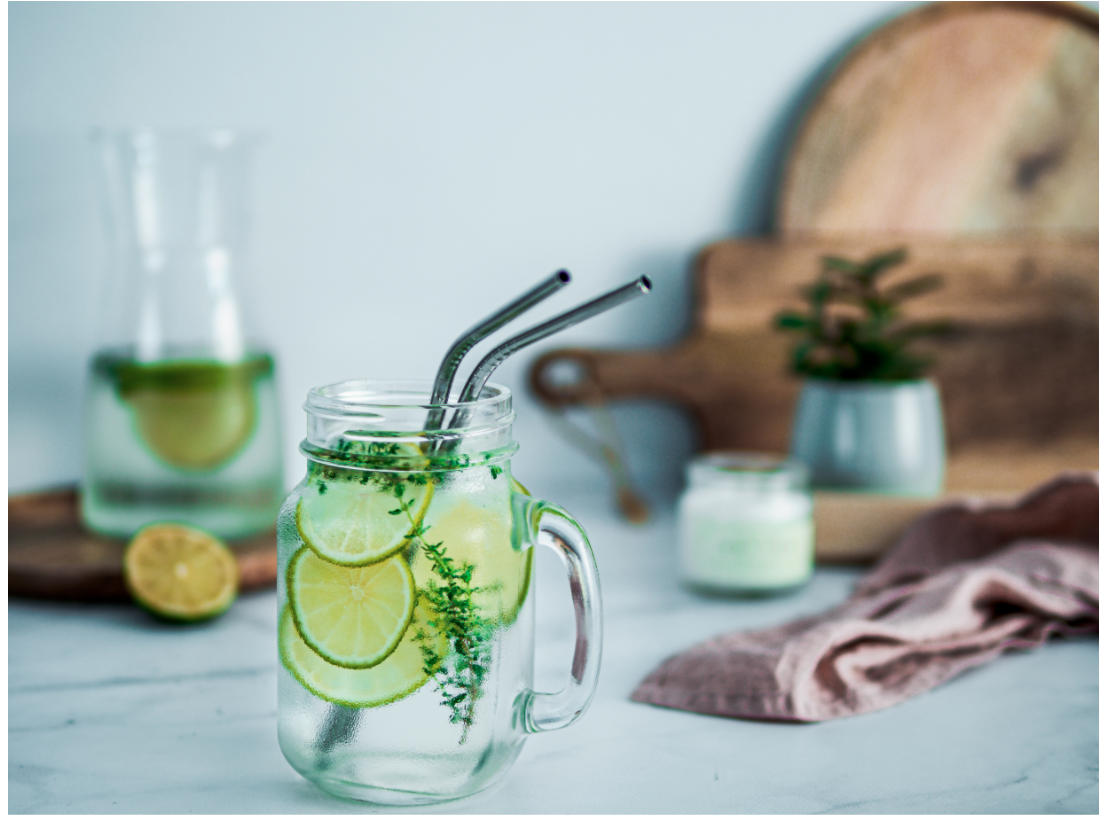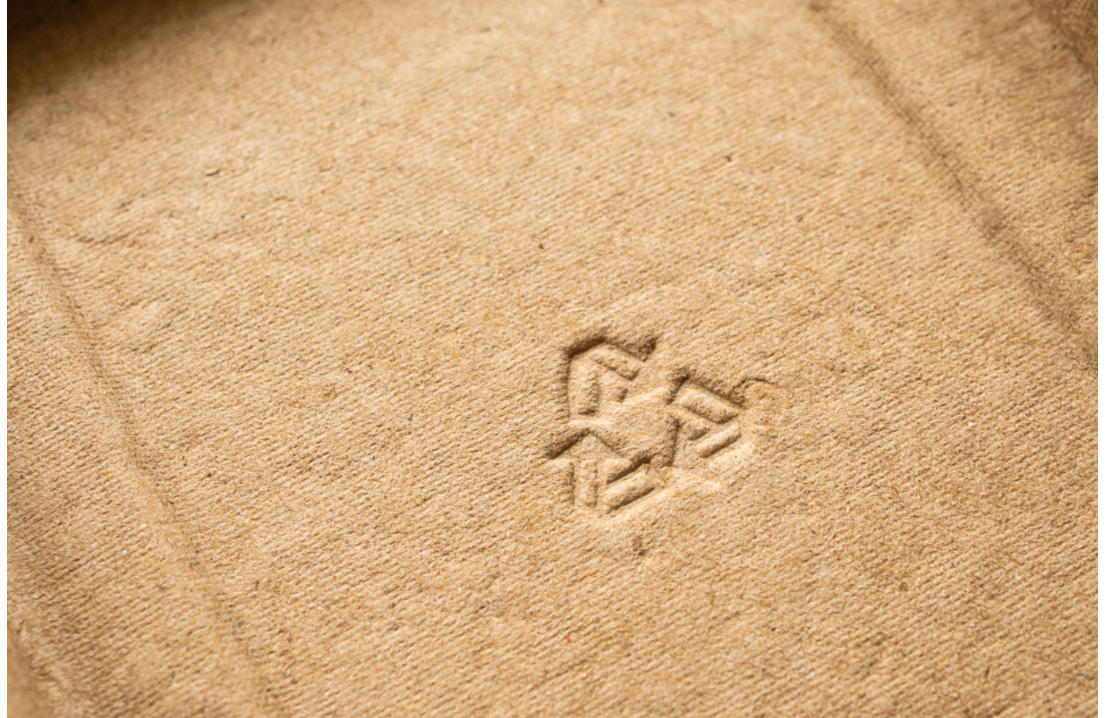Looking for an eco-friendly way to help the environment? We’ve reviewed the top ways to upcycle your high-quality denim this season.
Read moreHow to live a zero-waste lifestyle in seven simple steps
Many people are daunted by the zero-waste lifestyle. The convenience of ordering delivery to your front door or opting for a to-go cup of coffee is hard to beat. For the modern consumer seeking ways to reduce waste, take a few small steps towards waste-free living today.
From buying trade certified products to shopping footwear brands who source recycled materials, let’s do a deep-dive on sustainable living together.

Zero waste for beginners
Zero-waste is a global movement to reduce the amount an individual consumes and the landfill waste.
Unfortunately for mother nature, this approach is often presented with a certain degree of impracticality. For instance, it is not feasible to expect you to make your own soap or vegan leather at home or fit all or your discarded trash in a minute mason jar.
That’s why we’re on a mission to rethink zero waste and transform the narrative into an approachable (and fun!) way to save the planet. From sustainable fabrics to avoiding junk mail, let’s explore how to live more sustainable in seven simple steps. As with anything in life, you can always start small on the path to a brighter future.
Start with eco-conscious clothing
If you’re not quite sure where to begin here, ethical fashion is an excellent starting off point. Eco-clothing encompasses anything from sustainable sneakers or shoes made from recycled water bottles to clothing made of organic cotton, recycled polyester, or similar bio-based and natural materials.

Refuse unnecessary items
It may not surprise you that the less you consume, the less waste is ultimately disposed of. Endeavour to refuse items that you don’t need in order to avoid the consumption of needless waste. For instance, tote a reusable straw and refuse a plastic straw or plastic bags when you are running errands. At the grocery store, do your best to steer clear of single-use plastics in favour of cloth bags to tote your fruit and vegetables home in.
If you want to go the extra mile and stock up at home to ensure you are using as little plastic as possible, there’s lots of lovely alternatives like metal straws for example.
Reuse zero waste products
Whenever possible, try to avoid buying disposable items. Instead, reuse items and supplies for years to come. Take inventory of the specific things you throw away, and take the time to find reusable alternatives.
Trade plastic utensils for steel alternatives, and invest in glass or plastic water bottles that can be used for years. We love finding a new purpose for old items – if you’ve finished a jar of jam, convert it into a sugar pot. For any disposable item you use on a daily basis, chances are a reusable, sustainable alternative already exists.

Recycle it all
Whenever possible, try to recycle materials. However, it’s important to keep in mind that recycling around the world is an incredibly complicated system that is usually not as effective as it may appear.
Also, before you buy a specific product, take a look at what it’s made from and packaged in. Generally, items made from wood, stainless steel, or glass are preferable to single-use plastic. Some of the items that are compostable may surprise you, including silk dental floss, bamboo-based toothbrushes, and wooden dish brushes.
As an added benefit, sustainable household items tend to look more modern and aesthetically pleasing on your countertop than their plastic counterparts.

Cook Up Something Sustainable With Johnnie Collins
Sustainable living starts at home. Zero waste kitchens are popping up around the world driven by the philosophy that everything should be used, reused, and recycled as much as possible. London- based chef Johnnie Collins has long been a part of the ethical eating revolution, and we’ve teamed up with him to understand how he committed to a zero-waste kitchen - and you can too.
He gave us a few everyday tips for zero-waste cooking, including bulk buying and turning scraps into stock for another meal.
Go ahead, go zero Waste With Timberland
Here at Timberland, we pride ourselves on blazing our own path for the eco-friendly clothing movement as a sustainable fashion brand. We’re on a mission to work towards zero waste through dedicated initiatives that help turn waste into opportunity. We committed to planting 50 million trees by 2025 to nurture clean air and unity around the world.

Our Second Chance Program encourages customers to donate their discarded footwear and clothing and give new life to old materials. By reusing old products, we have set a new textile standard by saving non-renewable resources in production.
For every kilo of clothes that are “recirculated,” we prevent 3.6 kg of C02 from being emitted and save approximately 6 litres of water. In doing so, we even avoid the production of 0.2 kg of pesticides and 0.3 kg of fertiliser.
Plus, since 2009 we have recycled the equivalent of 345 million plastic bottles through our dedicated range of recycled shoes. Our new ReBOTL collection is quite literally the new face of plastic: stylish sustainable shoes made from recycled plastic bottles.
With Timberland by your side, you can take steps towards a sustainable lifestyle. With a bit of diligence and big dreams, being eco-friendly can be a total breeze.




